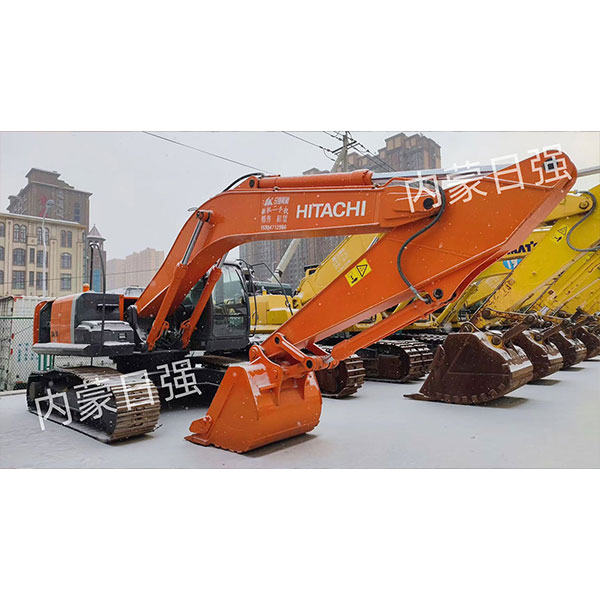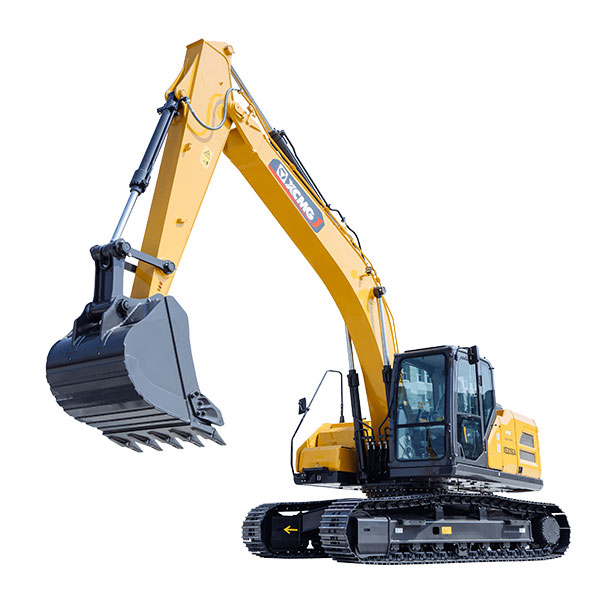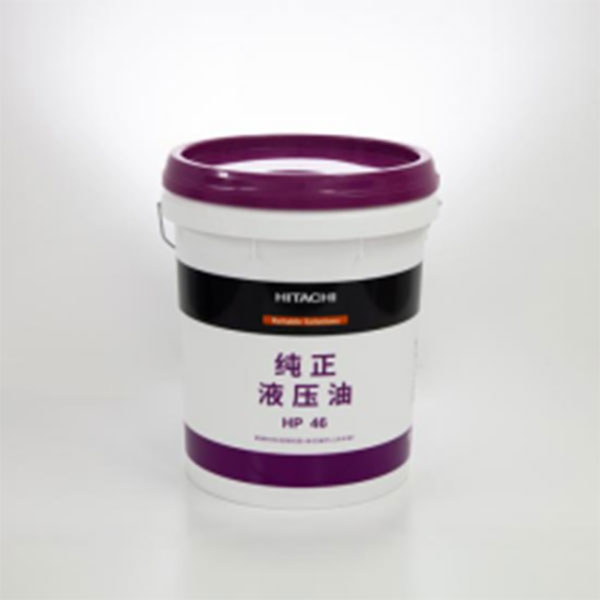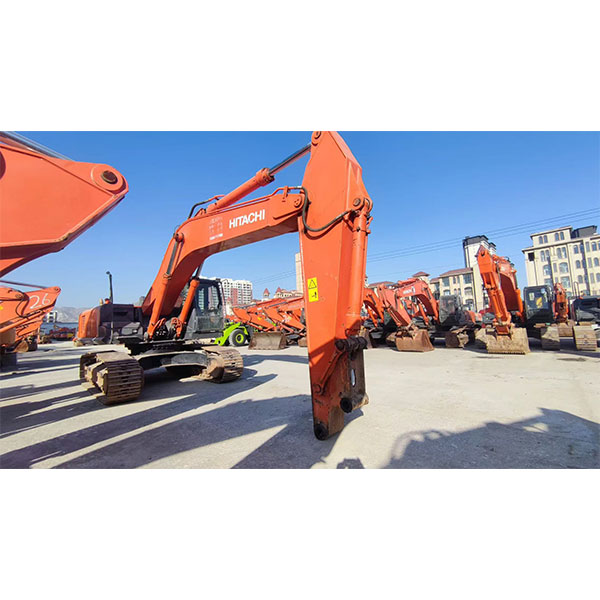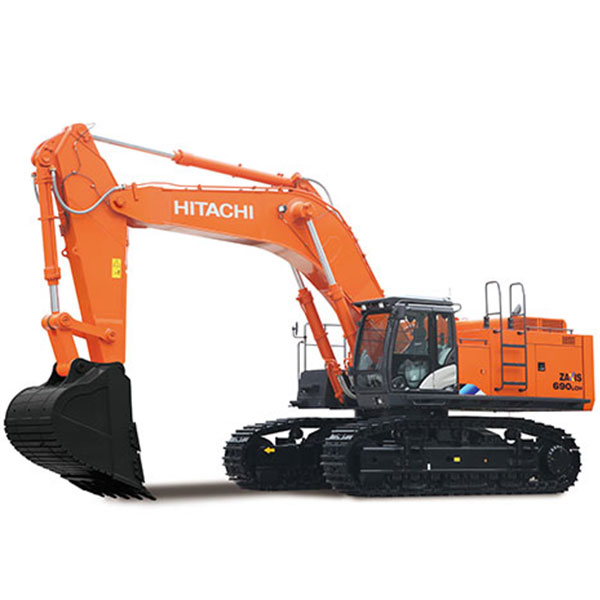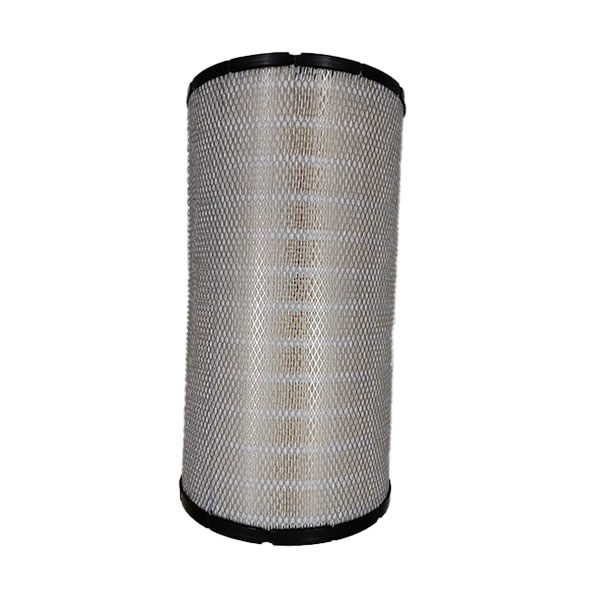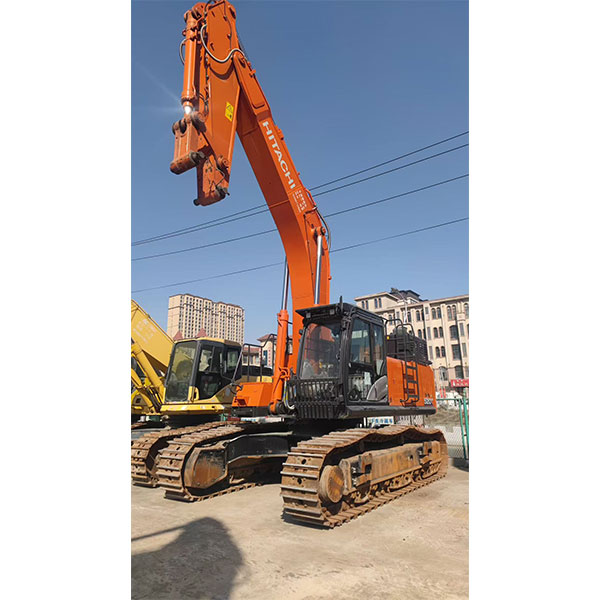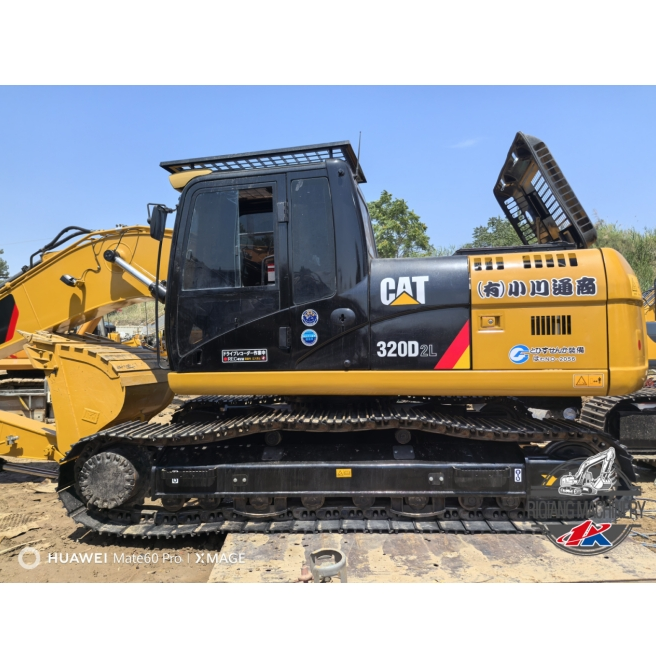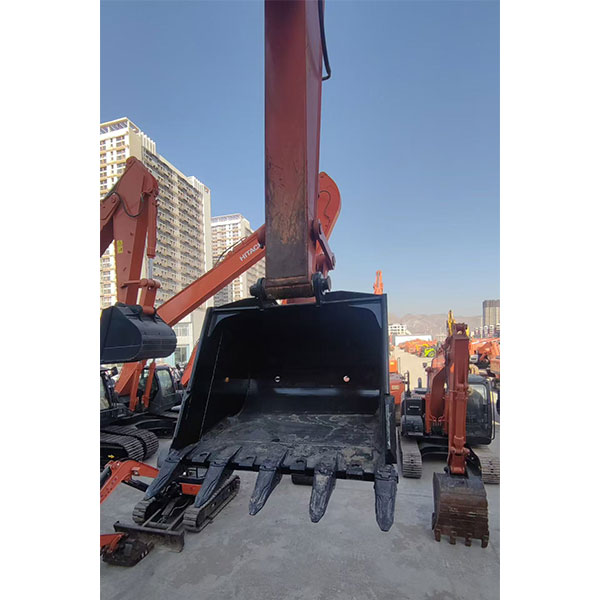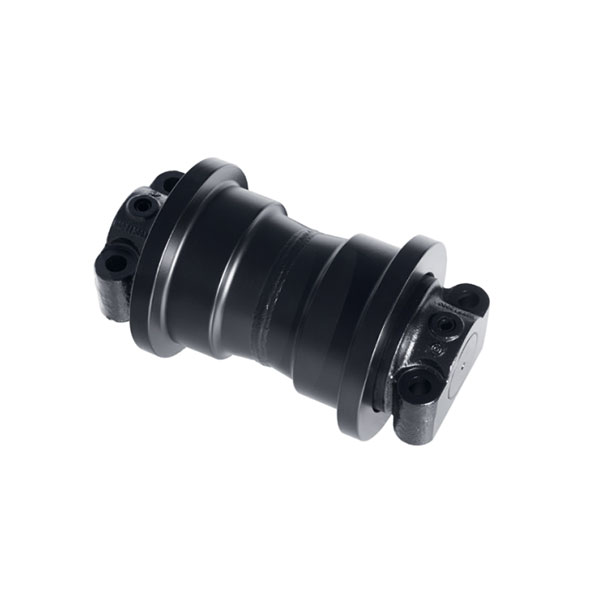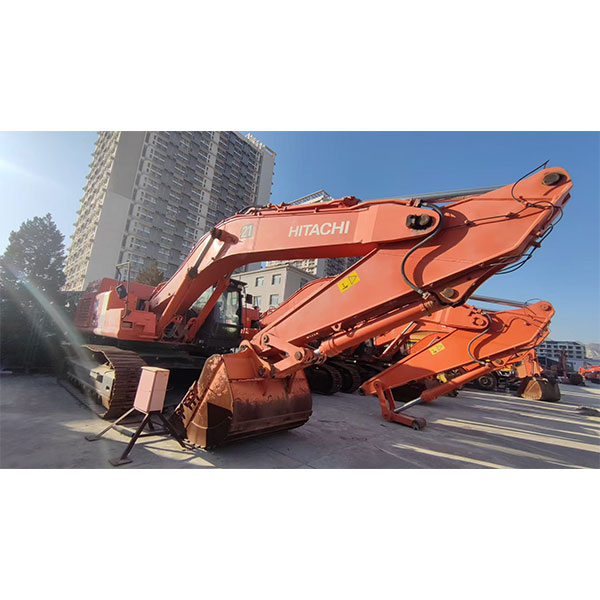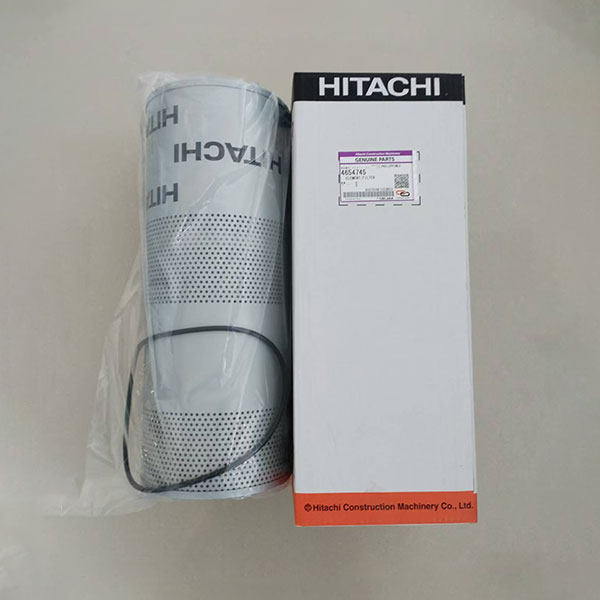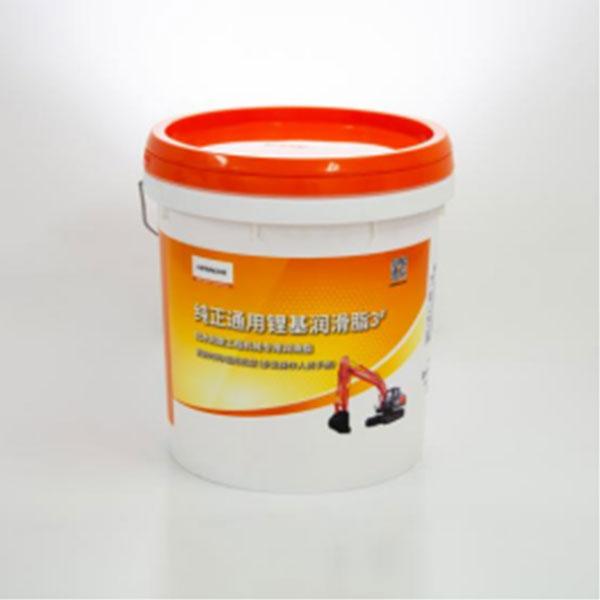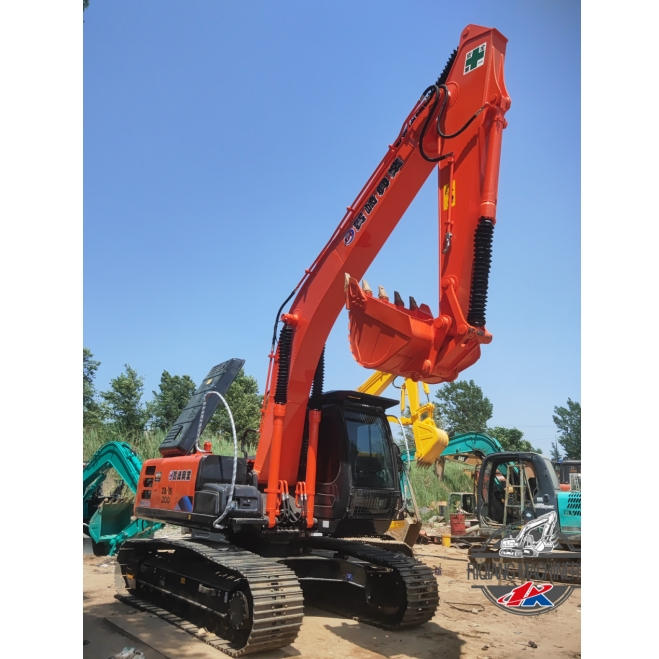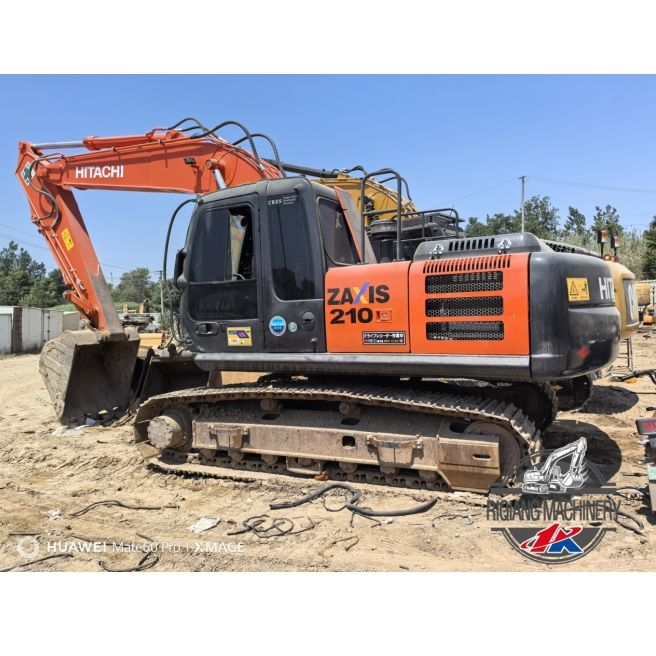
Hydraulic reservoir
Hydraulic reservoir- This is a key component of the hydraulic system, designed to store the working fluid, compensation for leaks and temperature expansion, as well as for air separation and precipitation. The right choiceHydraulic reservoirwill ensure reliable and efficient operation of the entire system.
What is a hydraulic reservoir?
Hydraulic reservoir(sometimes called an oil tank) is a container designed to store a hydraulic fluid in a hydraulic system. This is more than just a storage; It performs several important functions that provide optimal operation of the system. LLC Internal Mongolia Zhitsyan Construction equipment offers a wide rangehydraulic tanksfor various applications.
Functions of a hydraulic reservoir
Hydraulic reservoirperforms several vital functions:
- Storage of working fluid:The main function is to ensure a sufficient volume of fluid to meet the needs of the system.
- Cooling:The tank allows the oil to dissipate heat, preventing the system overheating.
- Removing air:The design of the tank helps to separate the air from the liquid, which prevents cavitation and other problems.
- Offering of contaminants:Heavy particles of pollution settle to the bottom of the tank, preventing their circulation in the system.
- Compensation of leaks and temperature extensions:The tank allows you to compensate for the changes in the volume of the fluid due to leaks or temperature fluctuations.
The design of the hydraulic tank
TypicalHydraulic reservoirconsists of the following components:
- Frame:Usually made of steel or aluminum. It should be strong enough to withstand the pressure of the liquid and external influences.
- Lid:Provides access for maintenance and fluid refueling. Often has an air filter.
- Sucking pipe:Connects the tank with the pump.
- Sliding pipe:Used to drain the liquid during maintenance.
- Fluid level indicator:Allows you to visually control the fluid level in the tank.
- Air filter:Prevents pollution entering the reservoir through the ventilation hole.
- Partitions (optionally):Improve cooling and precipitation of pollution, increasing the path of fluid movement.
Types of hydraulic tanks
There are several typeshydraulic tanksdifferent in design and use:
- Open tanks:The simplest type is used in low -pressure systems.
- Closed tanks:Harding tanks are used in high -pressure systems. Can be with or without a boost.
- Tanks with the separation of media:Used to separate the working fluid from the environment, for example, in the food industry.
- Special -purpose tanks:They are developed for specific applications, for example, for mobile equipment.
Criteria for choosing a hydraulic tank
The choice is suitableHydraulic reservoirDepends on several factors:
- System volume:The volume of the tank should be sufficient to compensate for changes in the volume of the fluid. It is usually recommended that the volume of the tank is from 3 to 5 times the flow rate of the pump per minute.
- Working pressure:The tank should be designed for the maximum working pressure of the system.
- The temperature of the working fluid:The tank should be made of material resistant to the operating temperature of the liquid.
- Terms of Use:It is necessary to take into account environmental conditions, such as temperature, humidity and dustiness.
- Dimensions and weight:The dimensions and weight of the tank must correspond to the available space and mobility requirements.
- Type of working fluid:The material of the tank should be compatible with the hydraulic fluid used.
Calculation of the volume of the hydraulic reservoir
Determination of optimal volumeHydraulic reservoir- An important step in the design of the hydraulic system. Although the exact calculation may require a detailed analysis, there is a general empirical rule:
V = Q x k
Where:
- V - the minimum necessary volume of the tank (liters)
- Q is the performance of the pump (liters/minute)
- K is the coefficient usually taken in the 3-5 range (for stationary systems) or 5-8 (for mobile systems).
For example, for a system with a pump that outstanding 40 liters per minute, the minimum volume of the reservoir for stationary use will be: 40 l/min * 3 = 120 liters.
Maintenance of the hydraulic tank
Proper maintenanceHydraulic reservoirIt is crucial for ensuring durability and reliable operation of the hydraulic system. Regular service includes:
- Regular verification of fluid levels:The fluid level should be within the recommended range.
- Air filter replacement:A contaminated air filter can lead to a pollution in the system.
- Cleaning the tank:Periodically, it is necessary to clean the tank of sediment and pollution.
- Checking check:Any leaks must be eliminated immediately.
- Oil analysis:Regular oil analysis allows you to identify pollution and signs of wear.
Examples of hydraulic tanks
For clarity, consider a few exampleshydraulic tanksdifferent types:
| Type of tank | Description | Application |
|---|---|---|
| Standard rectangular tank | Simple design, easy to maintain. | Stationary hydraulic systems (presses, machines). |
| Cylindrical reservoir | More compact, it can withstand pressure. | Mobile technology (excavators, loaders). |
| Country with a cooler | Built -in cooling system for work in difficult conditions. | Hydraulic systems with high thermal load. |
Conclusion
Hydraulic reservoir- This is an integral part of any hydraulic system. The correct choice and regular maintenance of the tank provides reliable and efficient operation of the system. If you have questions about choosing or maintenancehydraulic tanks, expertsLLC Internal Mongolia Zhitsyan Construction equipmentAlways ready to help you.
AppropriateProducts
Corresponding products
The best soldproducts
The best -selling productsConnectedsearch
Related search- Hitachi oil prices
- Leading Chinese buyers of chrome piston rods
- Used Japanese construction mini-excavators
- Import excavators
- Chinese price for an excavator engine handle
- Chinese factories for the production of hydraulic cylinders for loaders
- Leading Chinese buyers of hydraulic led cylinders
- Prices for high -quality construction excavator
- Cheap manufacturers of the snowpipe cylinder
- Chinese suppliers buy a used excavator loader on avito









